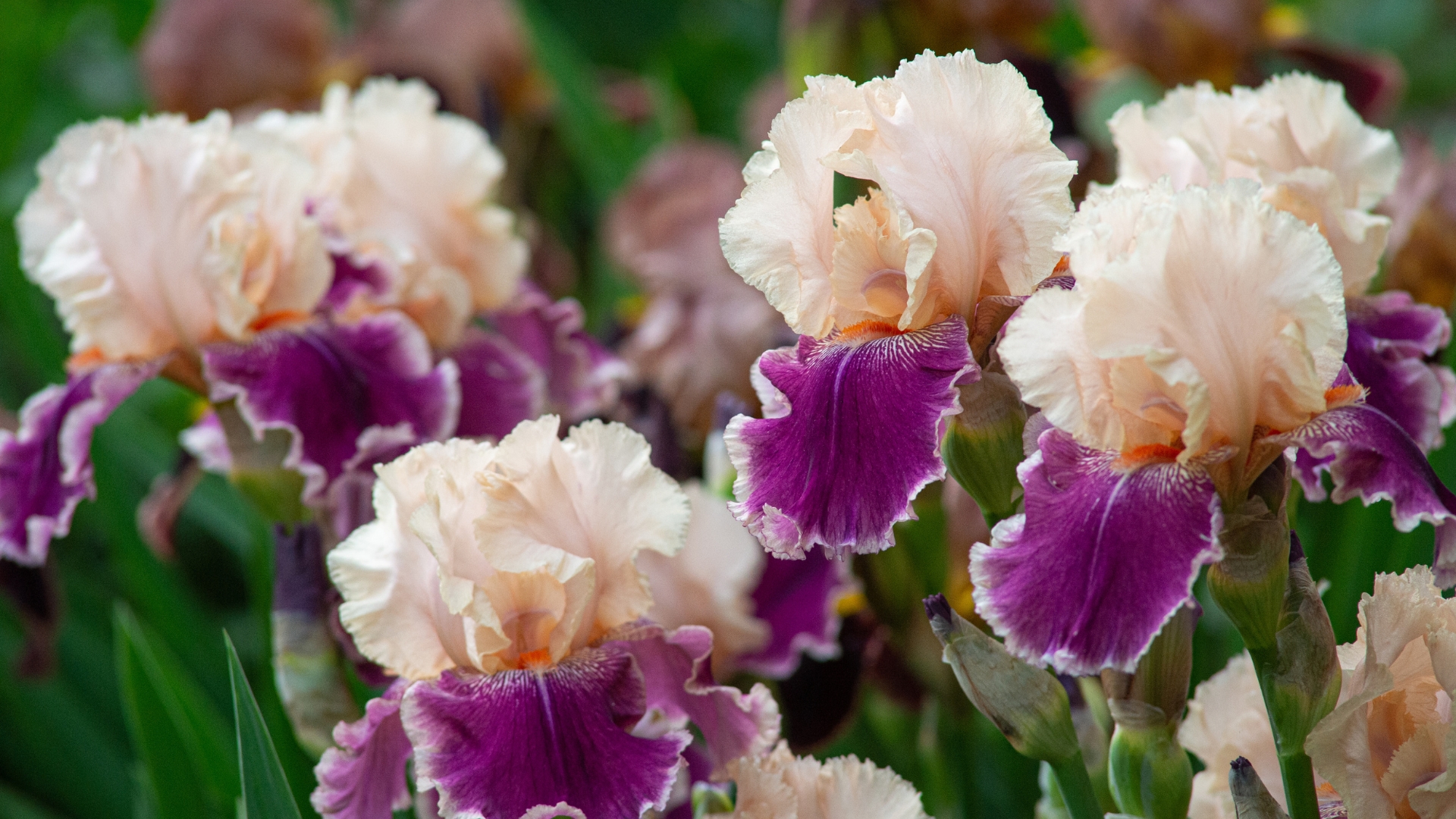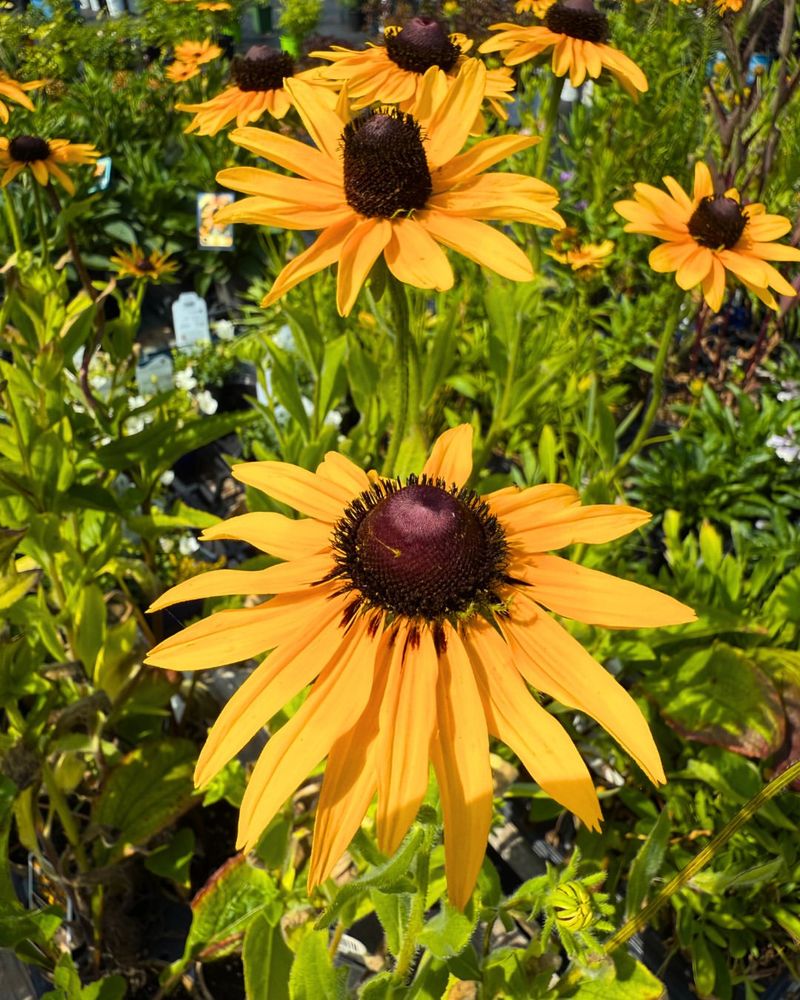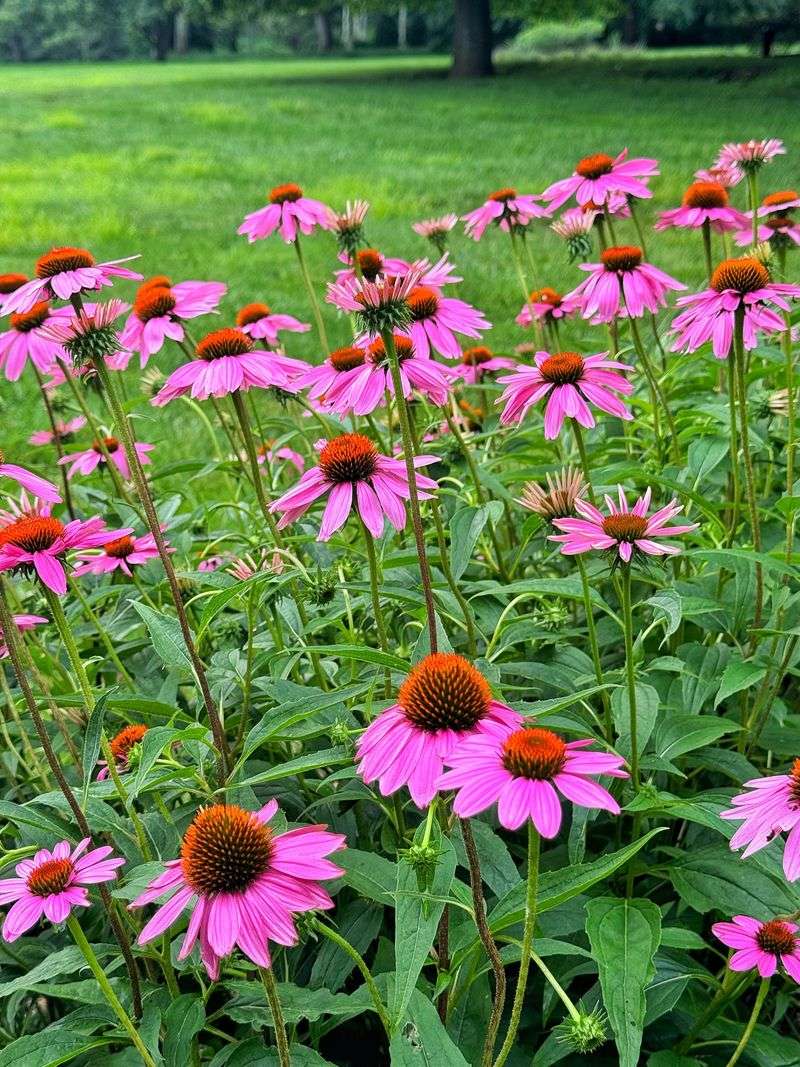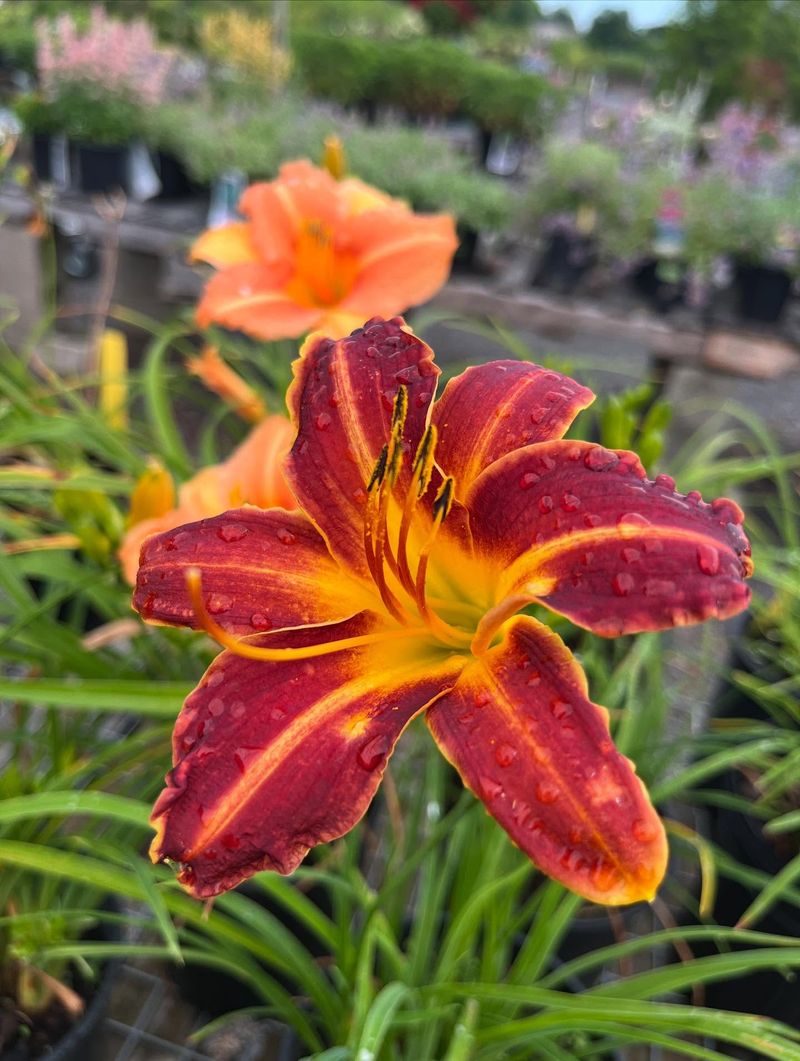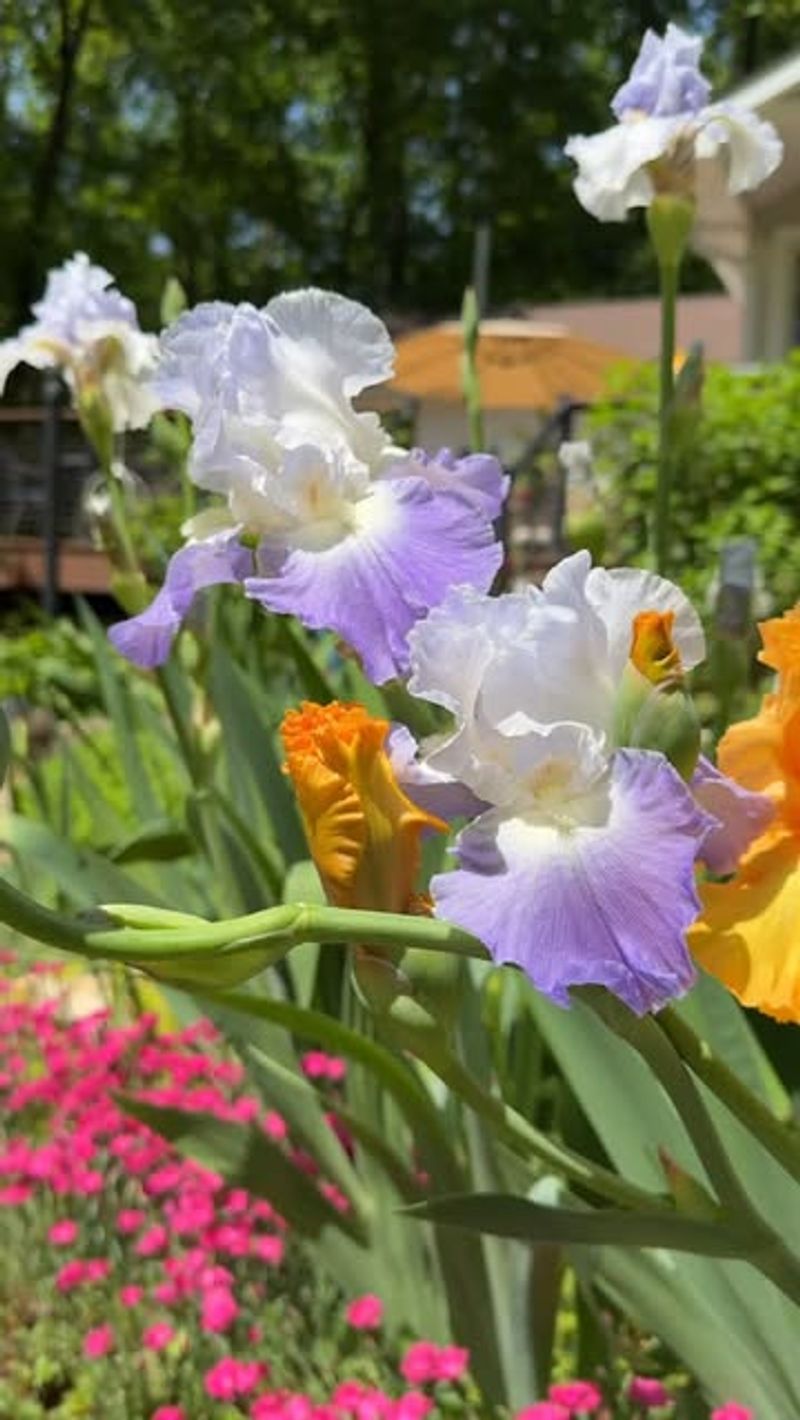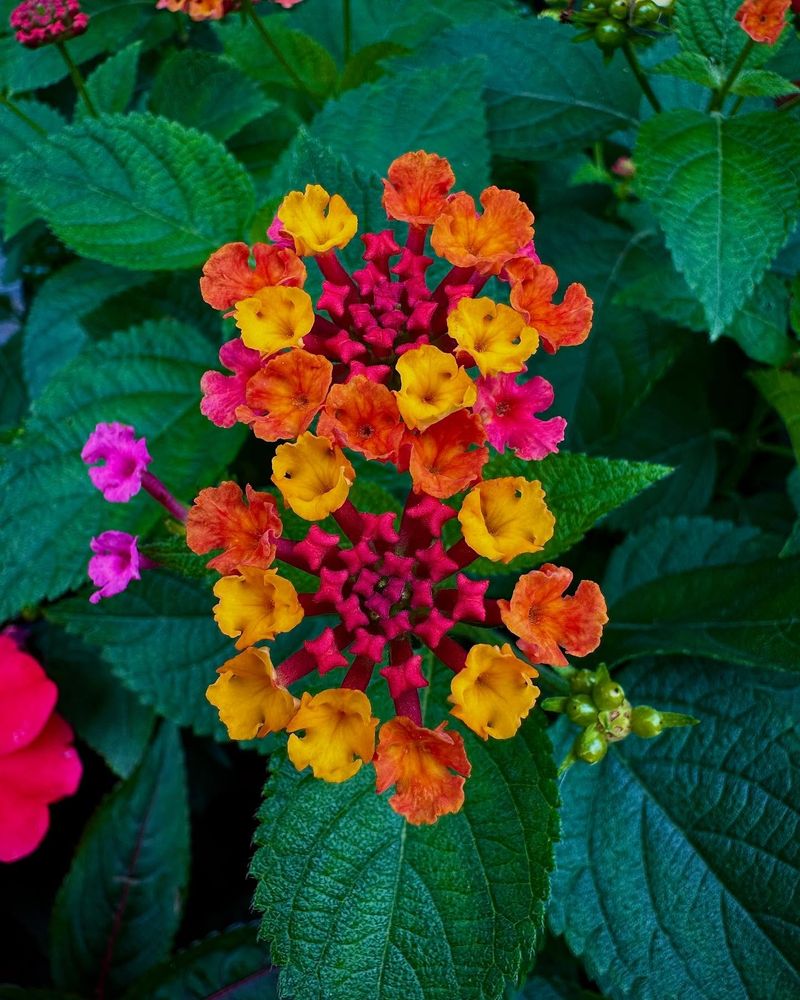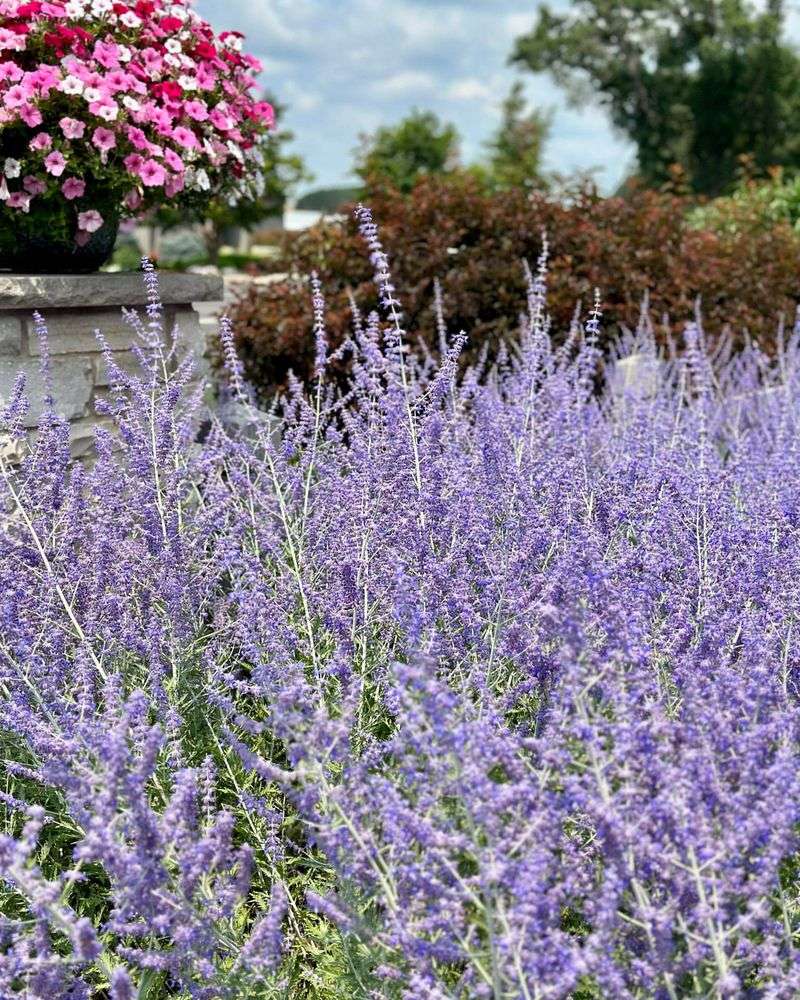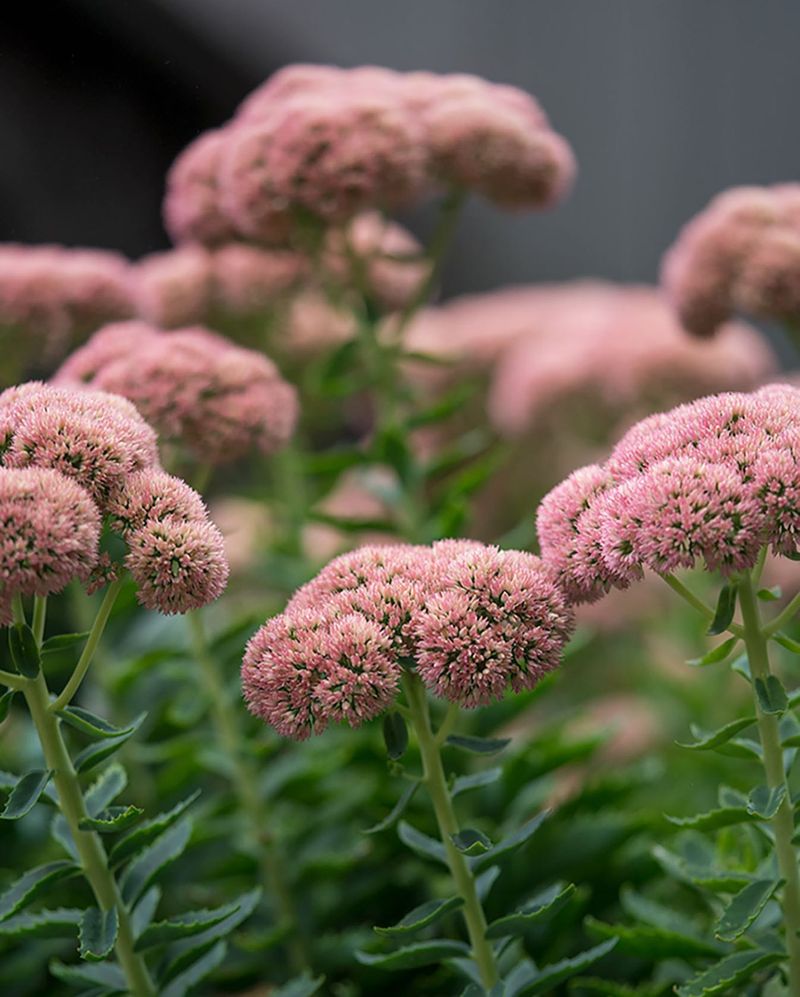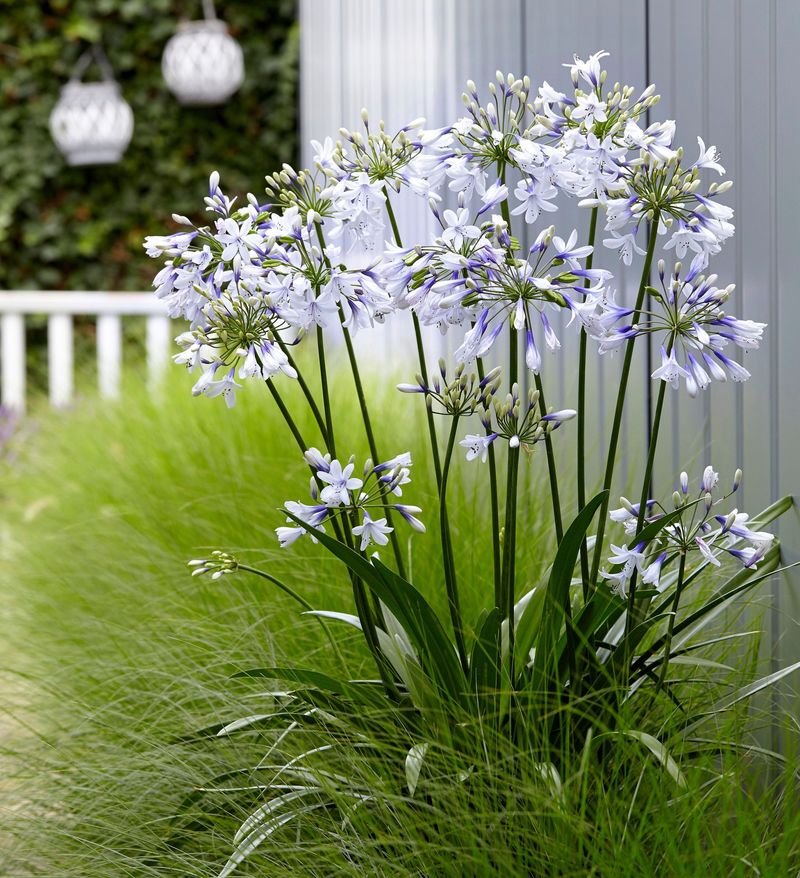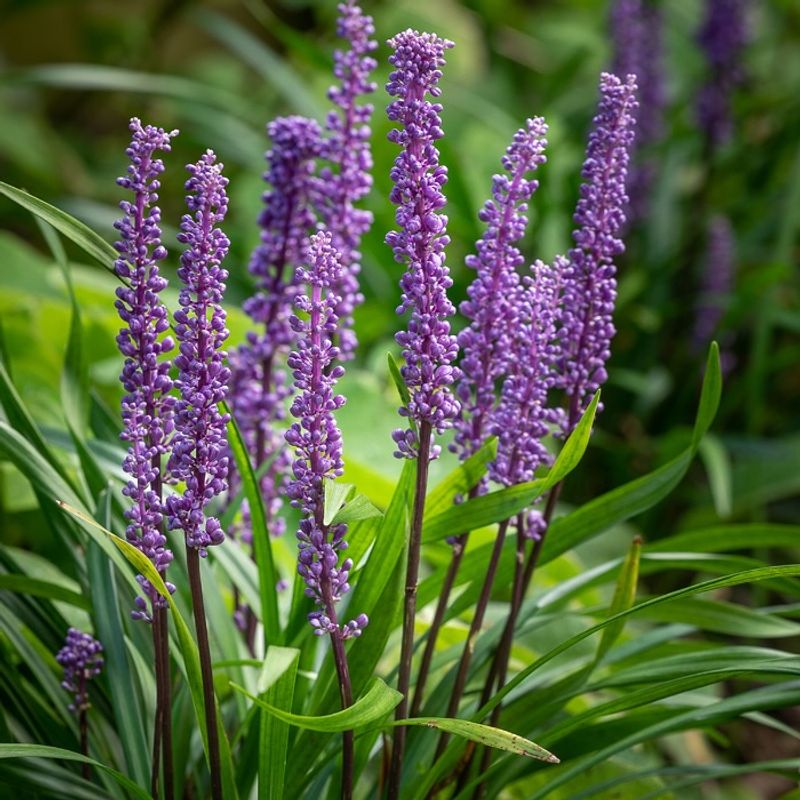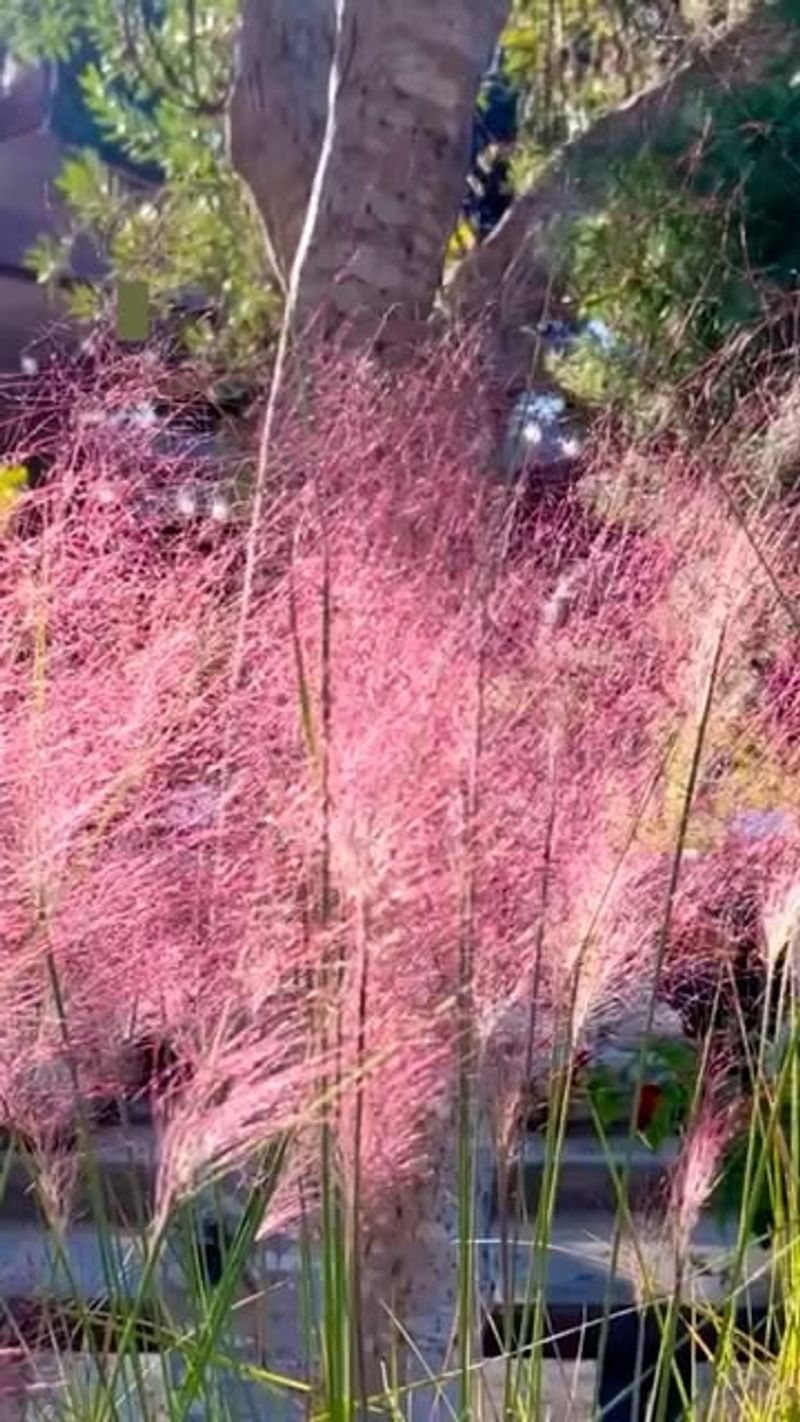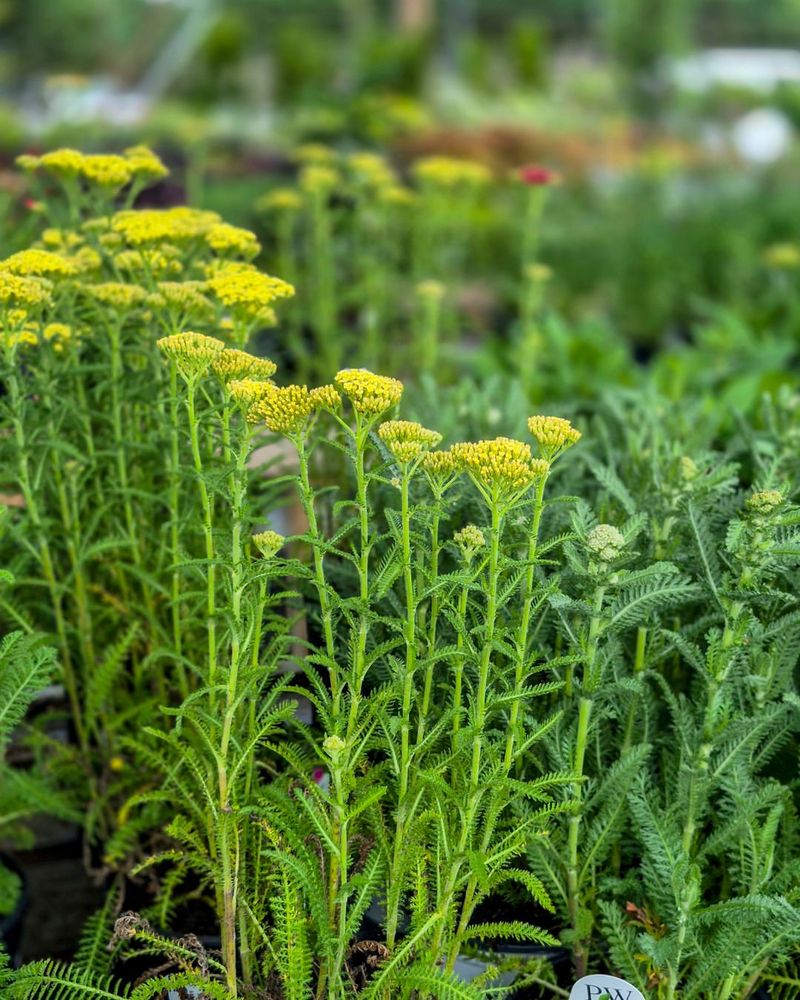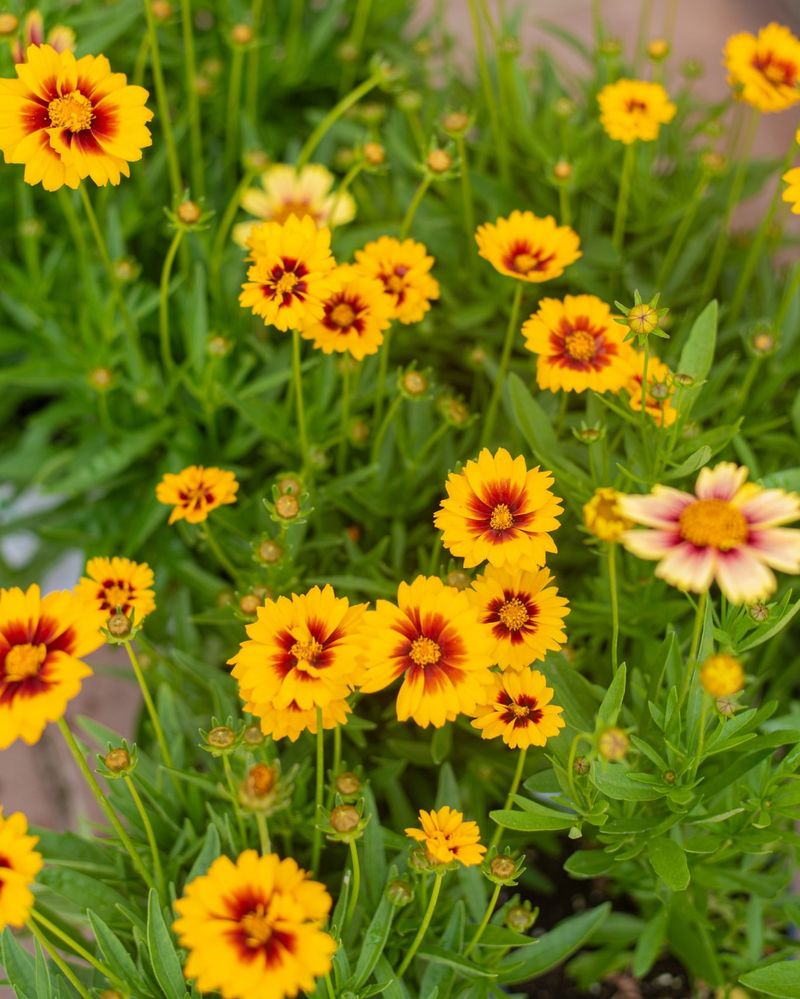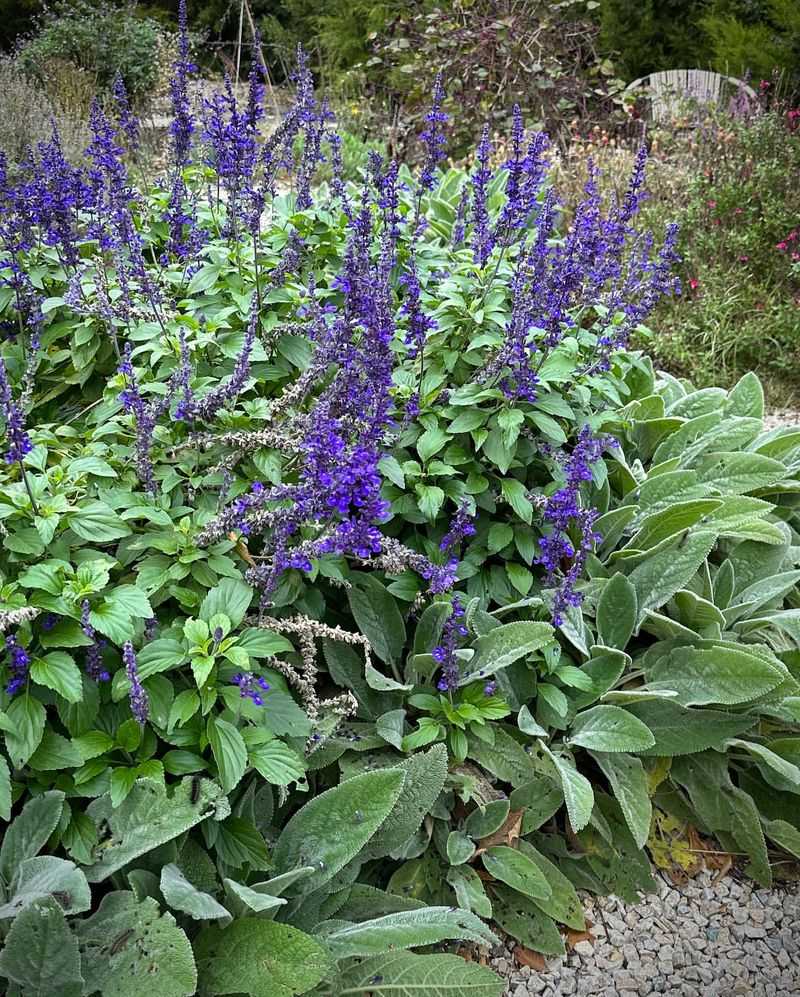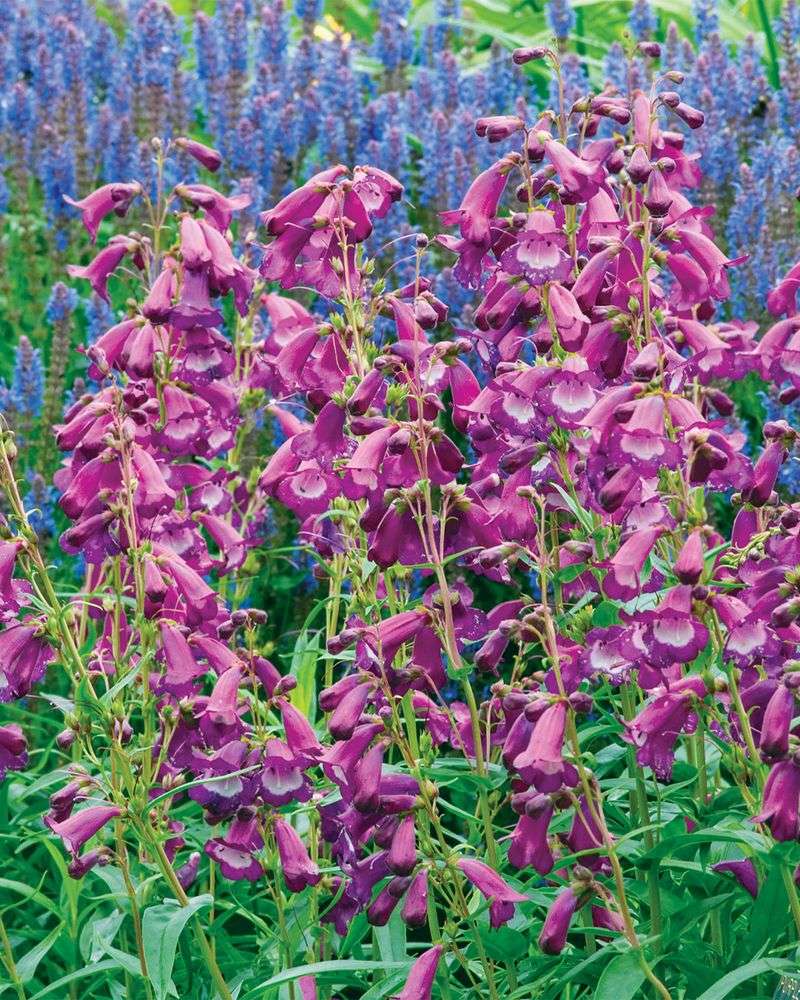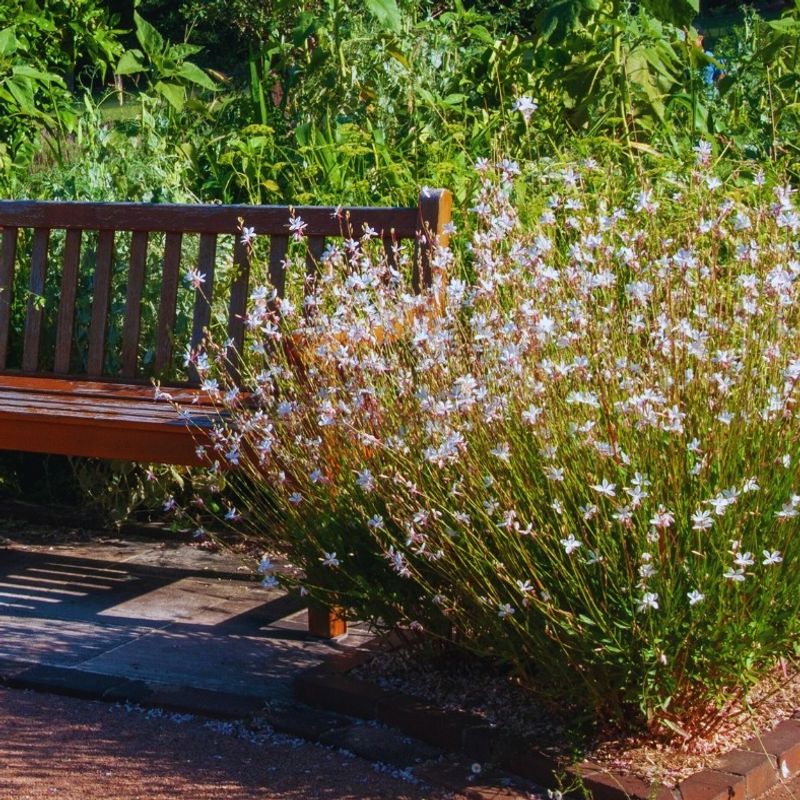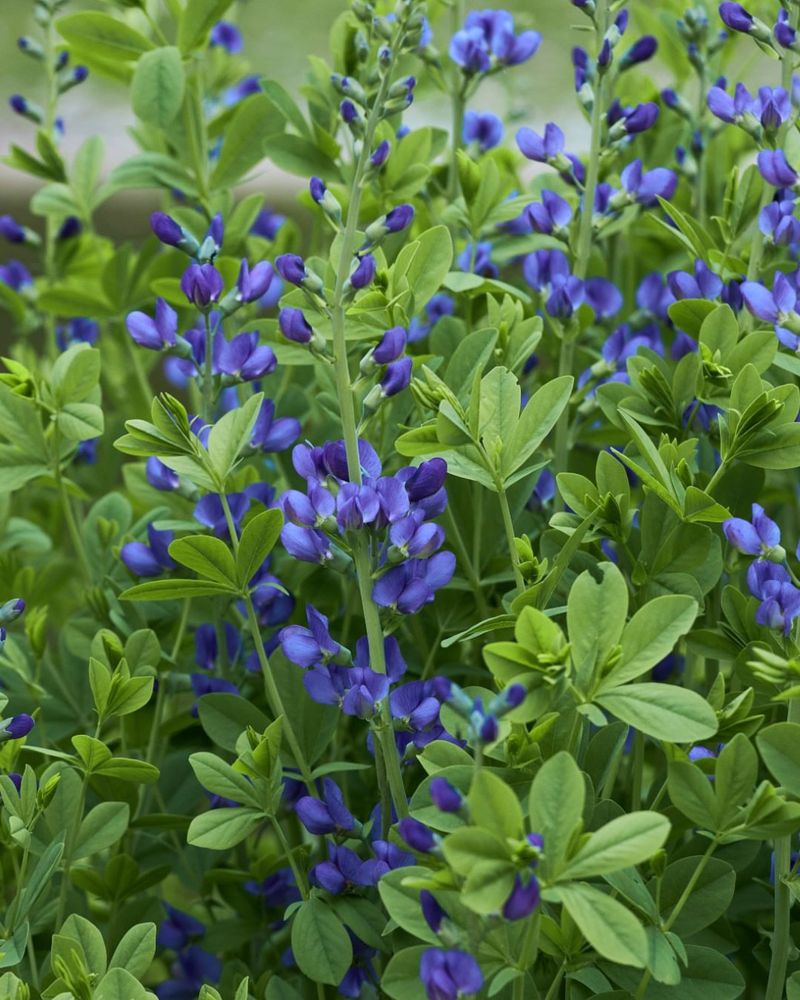Once you tuck these perennials into your South Carolina garden, they’re there to stay—and honestly, who could blame them?
These beauties love the warm climate and reward you with show after show without asking for much in return. I planted a few last year and now they’ve practically claimed their own corner, like they were born there.
No fuss, no drama—just blooms that keep coming back like old friends. If you’re tired of replanting every season, these are the garden guests you’ll want sticking around.
1. Black-Eyed Susan
Sunny golden petals surround a dark center, creating instant cheer in any South Carolina garden. These native wildflowers thrive in our hot summers and return faithfully each year with minimal care.
Plant them in well-draining soil with full sun exposure for best results. In South Carolina gardens, Black-Eyed Susans attract butterflies and beneficial pollinators while standing strong against deer and drought.
2. Coneflower
Hardy and heat-loving, coneflowers bring months of colorful blooms to South Carolina landscapes. Their distinctive raised centers become seed heads that attract goldfinches and other birds in fall and winter.
Available in purple, white, yellow, and even red varieties, these tough natives handle South Carolina’s clay soils with ease. Once established, they need almost no watering and will spread gradually to fill empty spaces.
3. Daylily
Virtually indestructible, daylilies thrive in South Carolina’s varying conditions from coastal plains to piedmont gardens. Each bloom lasts just one day, but plants produce dozens of flower buds over an extended season.
South Carolina gardeners love their rainbow of available colors and ability to grow in poor soil. Divide them every few years to keep them vigorous and to spread their beauty throughout your landscape.
4. Bearded Iris
Elegant and aristocratic, bearded irises produce magnificent blooms in spring with minimal effort. Their sword-like foliage adds structural interest to South Carolina gardens even when not in flower.
Plant rhizomes just below the soil surface in sunny spots around your South Carolina yard. With hundreds of varieties available, you can create a rainbow collection that returns bigger and better each year.
5. Butterfly Bush
Living up to its name, this fast-growing shrub becomes a magnet for butterflies, hummingbirds, and bees. The fragrant flower spikes appear from summer through fall in South Carolina gardens without any coaxing.
Cut back hard in late winter to keep plants compact and floriferous in your South Carolina landscape. Choose from purple, pink, white or blue varieties that all perform beautifully in our hot, humid climate.
6. Lantana
Heat-loving lantana produces clusters of multicolored flowers that seem to never stop blooming in South Carolina gardens. The tiny blooms create a kaleidoscope effect as they change colors while aging on the same cluster.
South Carolina gardeners appreciate lantana’s drought tolerance and ability to thrive in poor soils. Butterflies flock to these tough plants that will return reliably after mild Palmetto State winters.
7. Russian Sage
Airy plumes of lavender-blue flowers create a misty effect above silvery foliage from summer until frost. This drought-tolerant beauty stands up to South Carolina’s hottest days without wilting or complaining.
Give it full sun and well-drained soil in your South Carolina garden for best performance. The aromatic foliage repels deer and rabbits while attracting beneficial pollinators to your garden all season long.
8. Sedum
Succulent leaves store water, making sedums perfect for hot, dry spots in South Carolina landscapes. Their flat-topped flower clusters turn from green to pink to rusty bronze as seasons progress.
South Carolina gardeners love how sedum stands up to neglect while still looking fantastic. Plant them in rock gardens or sunny borders where their changing colors will provide interest from summer through winter.
9. Agapanthus
Known as Lily of the Nile, agapanthus produces stunning spherical flower heads on tall stems above strappy foliage. The blue or white blooms make dramatic statements in South Carolina gardens from late spring through summer.
South Carolina’s warm climate allows these plants to thrive where northern gardeners struggle to keep them. Once established, they form impressive clumps that divide easily to spread throughout your landscape.
10. Liriope
Often called monkey grass, this versatile ground cover creates tidy borders or fills shady spots with its grass-like foliage. Purple or white flower spikes emerge in late summer, adding unexpected color to South Carolina gardens.
South Carolina gardeners rely on liriope’s ability to prevent erosion on slopes and survive under trees. It spreads gradually without becoming invasive and maintains its neat appearance through drought, heat, and neglect.
11. Muhly Grass
Nothing captures autumn’s magic like muhly grass when its cloud-like pink or purple plumes catch the South Carolina sunlight. This native ornamental grass stands about 3 feet tall with a similar spread.
South Carolina coastal gardens particularly benefit from muhly’s salt tolerance and hurricane resistance. Plant it where backlighting will illuminate the ethereal plumes that persist through winter, providing multi-season interest.
12. Yarrow
Flat-topped flower clusters in white, yellow, pink or red stand above ferny foliage from early summer through fall. South Carolina’s hot summers don’t faze this drought-tolerant perennial that attracts butterflies and beneficial insects.
Cut flowers last beautifully in arrangements, and South Carolina gardeners appreciate how yarrow dries perfectly for winter bouquets. Its medicinal history adds interest to this easy-care plant that spreads gradually without becoming a nuisance.
13. Coreopsis
Cheerful daisy-like flowers in gold, yellow, or bicolors blanket these easy-growing plants from spring through fall. Their informal habit fits perfectly in South Carolina cottage gardens or naturalized areas.
South Carolina’s climate allows most varieties to return reliably year after year. Deadheading spent blooms encourages continuous flowering, though even neglected plants will perform beautifully with minimal attention.
14. Salvia
Spikes of blue, purple, red or white flowers rise above aromatic foliage, creating vertical interest in South Carolina perennial borders. Hummingbirds and butterflies can’t resist the tubular blooms that appear from spring through fall.
South Carolina gardens benefit from salvia’s deer resistance and drought tolerance. Many varieties self-seed gently, creating free plants while never becoming invasive in Palmetto State landscapes.
15. Penstemon
Bell-shaped flowers dangle from tall stems, creating graceful vertical elements in South Carolina gardens. Hummingbirds hover around these tubular blooms that appear in shades of red, pink, purple, and white.
South Carolina’s well-drained soils provide perfect conditions for these American natives. Their drought tolerance makes them ideal for hot, sunny spots where other perennials might struggle during Palmetto State summers.
16. Gaura
Dancing on wiry stems, the butterfly-like flowers of gaura create movement and lightness in South Carolina gardens. The white or pink blooms appear continuously from spring through fall without deadheading.
South Carolina’s hot summers bring out the best in this native perennial that thrives in poor soil. Its deep taproot makes it incredibly drought-tolerant once established in Palmetto State gardens.
17. Baptisia
False indigo creates a shrub-like presence with spires of lupine-like flowers in blue, yellow, or white. The blue-green foliage looks attractive all season in South Carolina gardens, even after blooming ends.
Native to the Southeast, baptisia feels right at home in South Carolina landscapes. Its deep roots make transplanting difficult, so choose its permanent location carefully in your Palmetto State garden.
18. Stokes’ Aster
Cornflower-blue blossoms up to 4 inches across make this native perennial a showstopper in South Carolina gardens. The fringed petals surround a central disk, creating flowers that resemble giant bachelor’s buttons.
South Carolina’s sandy coastal soils or piedmont clay both support this adaptable native. Butterflies flock to the blooms while deer generally leave the plants alone—a perfect combination for Palmetto State gardens.

